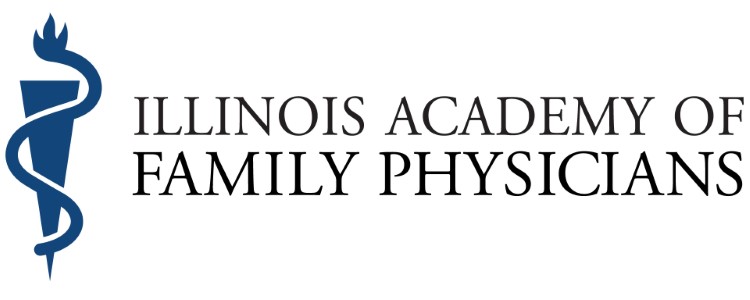Teaching Health Centers Make Health Primary in Humboldt Park
**Continued federal funding is vital to ensure the continuation of the Teaching Health Center in Chicago and for the 60 located around the nation! Learn more and show your support at http://www.saveourteachinghealthcenters.org/
The Need – Building the Primary Care Workforce in Underserved Communities
• To maintain the status quo, Illinois will require an additional 1,063 primary care physicians (PCP) by 2030, a 12% increase of the state’s current (as of 2010) 8,832 practicing PCPs.
• Components of Illinois’s increased need for PCPs include 45% from increased utilization due to aging, 33% due to population growth, and 21% due to a greater insured population following the Affordable Care Act (ACA).
• Under the ACA as many as 32 million more Americans will be eligible for health insurance and community health centers are expected to expand to add 20 million new patients.
Meeting the Need – The Northwestern McGaw Family Medicine Residency Program
• Erie has partnered with Northwestern and Norwegian American Hospital to establish the Teaching Health Center Graduate Medical Education Program formally known as the Northwestern McGaw Family Medicine Residency Program.
• The Teaching Health Center Program is a unique and innovative collaboration that combines the resources of a successful and sustainable community health center with the support of a nationally recognized academic health center and medical school, in conjunction with a safety net hospital.
• Residents train in a state-of-the-art community based health center, utilizing the latest technology to improve patient health outcomes over time.
• The Teaching Health Center Program changes the paradigm of traditional medical education, focusing on developing the residency program within community‐based ambulatory primary care settings, which will ultimately produce primary care physicians ready to deliver health care in a reformed system to the underserved.
Impact
• Expanded Erie’s capacity to provide services to more than 2,850 patients, through 13,000 patients per year.
o These services are provided at Erie’s health center in Humboldt Park whose income level, poverty rate and other key indicators make it one of the most high-need communities in the City.
• Increased Erie Faculty productivity by close to 40%.
o This will continue to be particularly critical as Erie projects a 35% growth rate in patients over the next five years.
• Nearly all graduates have chosen to remain in safety-net primary care, addressing critical provider shortages in these communities.
o Health Center trained physicians are three times more likely to work in a Health Center and almost 3 times more likely to work in underserved setting.
o Trains young doctors to be future community health center leaders, advocates, and researchers.
o Highly competitive residency attracts the best caliber candidates to primary care.
|



